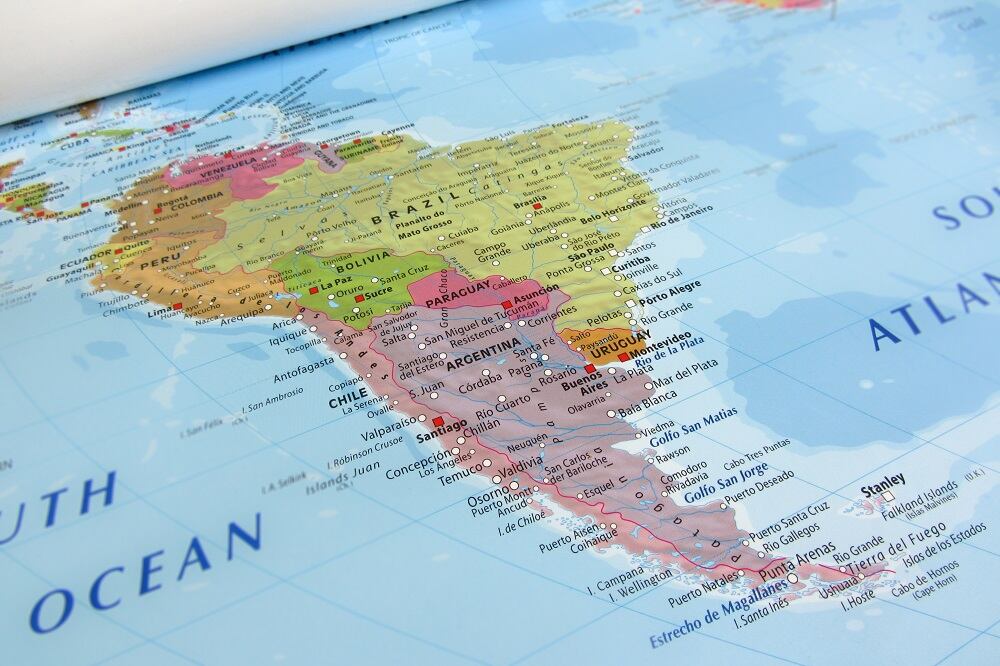Speaking with NutraIngredients-LATAM, David Pineda Ereño, Advisor on Strategy, Policy and Regulation at DPE International Consulting explained the developments we can expect to see in individual Latin American countries to improve nutrition and support targets.
While three key trade bloc agreements are set to spearhead nutritional development strategies across the LATAM region in 2020, there is a wide variety of initiatives and actions taking place on the national level.
Throughout LATAM, individual nations are expected to move ahead with their consumer information, communication and education efforts by adopting and implementing front of pack nutrition labeling systems.
While, across the region, trade bloc agreements demand intergovernmental coordination to ensure consistency and clarity, several LATAM countries are simultaneously exploring their national efforts to improve food and nutrition labeling.
Brazil: Public consultation confirms magnifying glass labeling system
In 2019, Brazil published its national nutrition labeling system review, complete with a proposal for a front of pack labeling element that is based on Canada’s model.
The chosen model, which was favored by the Brazilian Health Regulatory Agency, ANVISA, features an image of a magnifying glass, which will appear on the front of the label in the upper half of the packaging. The magnifying glass indicates that the food contains added sugar, saturated fat or sodium in quantities that are either equal to or above the defined limits.
Mexico: Discussing a new front of pack nutrition labeling system
Currently in the process of introducing a new front of pack nutrition labeling (FOPNWL) system, the country is adopting a new decree setting out the specific and relevant procedures associated with the labeling.
The relevant regulation, that will indicate the proposed FOPNWL has been published, is already in the public consultation phase. “Thereby it is expected that the new FOPNWL will enter into force in 2020,” David Pineda Ereño, Advisor on Strategy, Policy and Regulation at DPE International Consulting, reveals.
In addition, Mexico’s regulation on infant and follow-up formula, otherwise known as the Mexican Official Standard NOM-131-SSA1-2012, is scheduled for review in 2020. Following the results, formulators, manufacturers and brands may need to modify their processes and procedures to ensure compliance, and equally, may see increasing opportunities open up.
Ecuador: A New Health Code
The country is preparing to adopt the new Health Code, which will include the traffic light model that is currently in force and set out in the regulation.
Commenting on the importance of the adoption of this model at law level through the new Health Code, Pineda Ereño enthuses that it “elevates the status of the system from regulation to law, and therefore more difficult to amend in the future.”
Chile: Seeking harmonization
Chile has established a public consultation, with the aim of aligning the Sanitary Food Regulation, the food supplement regulation and sports foods regulation with the Codex Alimentarius and the Pacific Alliance harmonized regulation on food supplements.
Following the comments provided during Chile’s public consultation at the end of 2019, the results of the public consultation are expected to be published in early 2020.
Uruguay: Regional or National?
The country has adopted a new decree that sets out a system on the front of pack labelling to inform consumers about the excess content of sodium, sugars, fat and saturated fat, based on the Pan American Health Organisation (PAHO) nutrient profiles.
Unless South American trade bloc, Mercosur, develops and publishes a regionally harmonized model, Uruguay’s national system is expected to become active in March 2020.
Argentina: Labeling complaints made
“Argentina has recently complained to Brazil for publishing public consultation amendments to the nutrition labeling regulations,” explained Pineda Ereño. These complaints related specifically to where these nutrition labeling provisions are harmonized in Mercosur and those that are under discussion by Mercosur.
Shedding light on the current labeling environment in Argentina, Pineda Ereño revealed that “several Argentinean Ministries are divided in terms of supporting different front of pack labelling systems”.
Paraguay: Awaiting regional consensus
Proposals on front of pack labeling systems are being proposed in Paraguay at a national level. However, the country’s food and nutrition authorities support the harmonization at Mercosur level, and favor this approach, before continuing labeling discussions at the national level.
In several instances where individual countries are at the proposal stage, governments are backing Mercosur’s harmonization of nutrition labeling and seek confirmation of the roll-out of its model, before progressing with their national plans.

